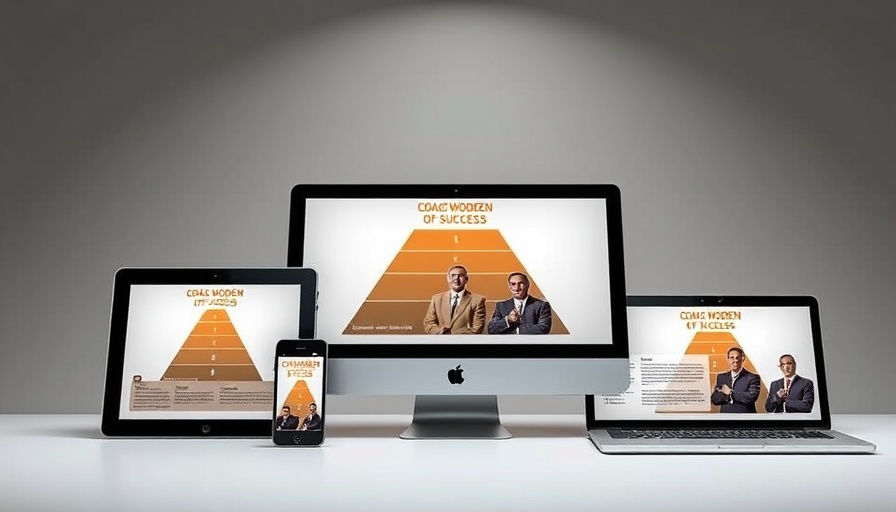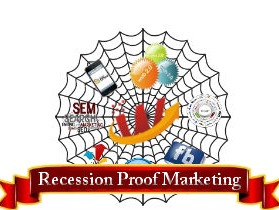
Understanding Succession Planning: More Than Just Handoffs
Succession planning often brings to mind a stiff, formal process, seemingly reserved for those nearing retirement or planning for an exit strategy. However, this notion underestimates the deeper values of succession planning: it ensures a business's longevity and robustness in an unpredictable world. Many successful leaders recognize that designing a succession plan should not begin the year before they leave, but rather should be ingrained in a company's culture.
Why Smart Companies Plan for the Future
Effective succession planning translates to preparing teams and systems so that the business can continue thriving without its founder. It’s about fostering a culture of independence so that when a leader decides to step away, they don’t take the entire company down with them. Establishing solid systems and nurturing the right talent prepares the company for all sorts of unforeseen challenges, from illness to shifts in personal ambition.
Real Examples of Effective Succession Planning
Consider the case of Roof Maxx, founded by Michael Feazel and his brother. After selling their initial roofing company, they realized how vulnerable a business could be when it relies heavily on its founders. That experience led them to systematize their operations thoroughly in their new venture, ensuring that operations did not solely depend on any individual. This forward-thinking approach allowed Roof Maxx to grow into a sustainable roofing treatment company with a robust operational backbone.
The Importance of Systematization
In building Roof Maxx, Feazel emphasized creating systematic processes rather than letting the business center around specific individuals. This example illustrates how crucial it is for future-proofing a business. When companies prioritize documenting their operations and training teams to operate autonomously, they set a strong foundation for continued growth that can survive leadership changes.
Beyond Business: Emotional Aspects of Succession
Planning the future of one's business can evoke a variety of emotions for entrepreneurs. Often, it involves letting go of something they poured their heart into. Recognizing the value of their time and efforts, strategic leaders understand that their legacy does not end with them—they can create a lasting impact through well-trained successors who can uphold the company’s values and mission.
Common Misconceptions about Succession Planning
Many entrepreneurs fall prey to the myth that succession planning is only necessary when they decide to retire or exit the business. In reality, planning early allows for growth and mitigates risk. By building a strong team and establishing systematic operations, business leaders can create an environment that is resilient and ready for changes, whether anticipated or unexpected.
Actionable Insights for Entrepreneurs
Entrepreneurs often wonder how they can kickstart their succession planning. Here are some actionable steps: 1) Begin documenting key processes and operational strategies to create a reference point. 2) Identify leaders within your team who can be groomed for larger roles. 3) Foster an open company culture that values contribution, encouraging future leaders to build upon the existing foundation.
Making Smart Exits: Preparing for a Sustainable Future
As the business landscape continuously evolves, effective succession planning will remain a vital strategy for sustainability. Leaders who think ahead and design their companies to thrive beyond their direct involvement will not only ensure their legacy but also contribute to a healthier economy by nurturing capable future leaders. The bottom line: it’s not merely about how a leader exits but how they prepare others to step in and carry on.
With these insights, entrepreneurs are encouraged to start designing their legacy now. Don’t wait for a change; take charge of your business's future today!
 Add Row
Add Row  Add
Add 




Write A Comment